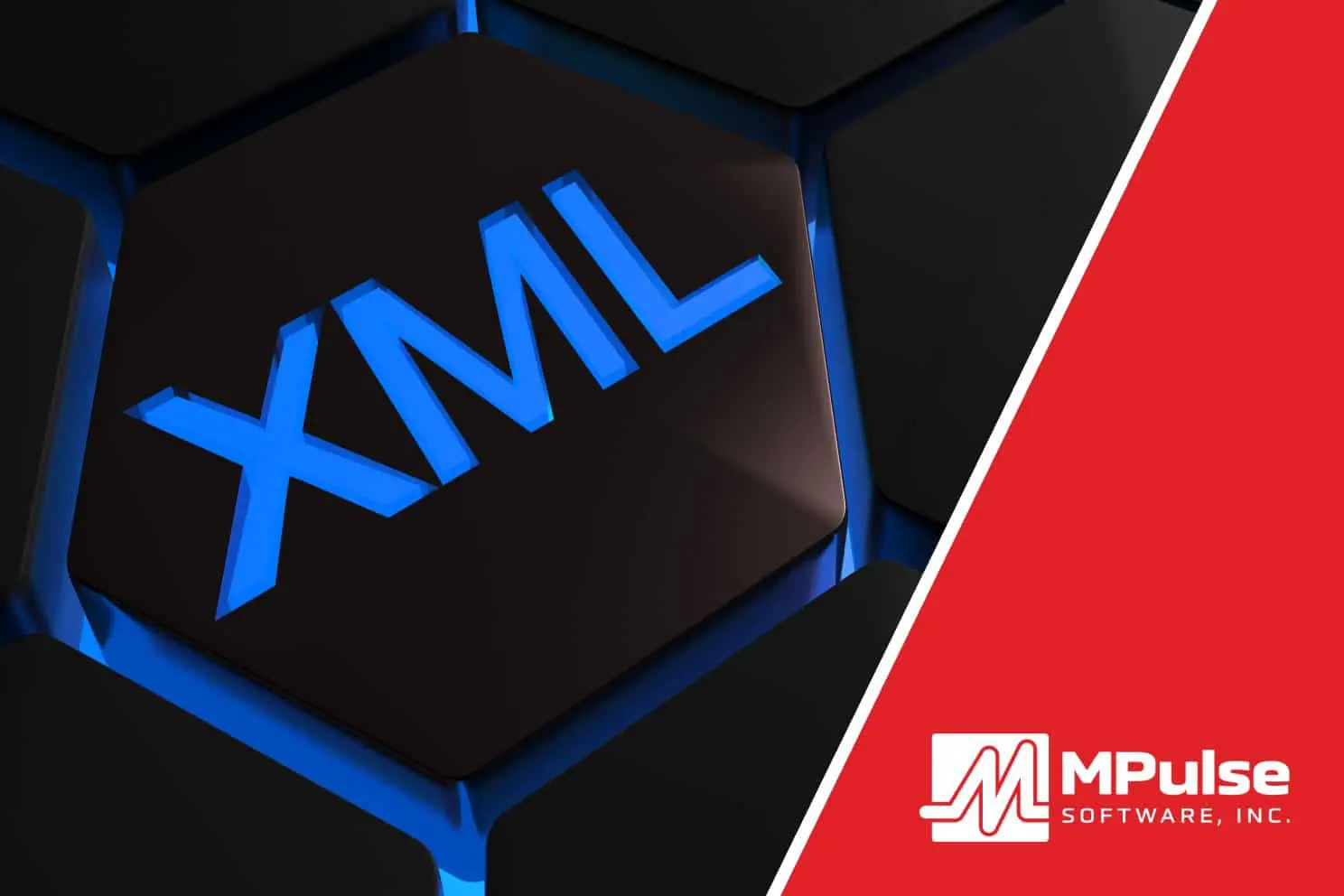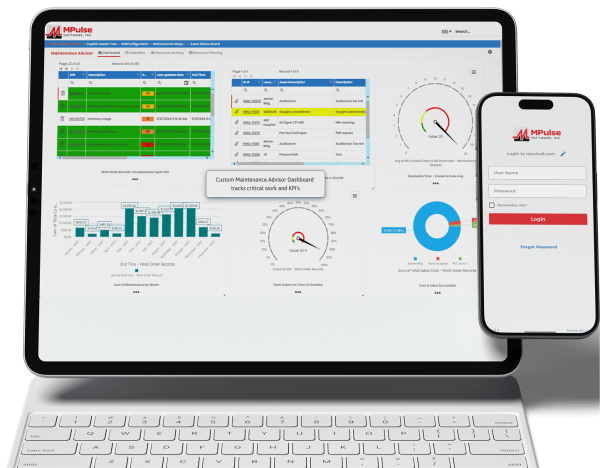The flexibility of web services make it a popular choice for business applications.
Using web services for application integration enables software written in various programming languages and running on different platforms to exchange data over computer networks like the Internet.
Extensible markup language (XML) is the most common data format associated with web services, but it is not the only data format available. The web services framework does not depend on any particular data format, so it can operate across a range of data formats.
As a general purpose document format, XML provides a structured mechanism to encode machine-readable information. In addition, humans can easily read XML documents, making them easy to create and edit.
As a result, XML web service integration with software holds multiple benefits. And the good news, you can easily integrate XML web services into MPulse.
Table of Contents
What Are Web Services?
Web services are described as communication between business servers, typically initiated by the interaction of a user through a web site. But the technology that makes up web services doesn’t depend on the Internet or web browsers.
Web services exchange data between disparate systems that are not developed by the same parties. These systems can use different programming languages and run on vastly different hardware, but they can exchange data in a system-independent way.
So, system-independent data formats are central to the web services framework. And that’s very helpful for any organization that wants to integrate web services with other software applications.
Integrating Web Services
You can integrate MPulse with XML web services in just a few clicks. MPulse’s DataLink Integration Adapter feature makes this integration easy, enabling users to do things like…
- Import data to the CMMS software from files, databases, or other applications
- Export data from the CMMS software to other applications, files, or databases
- Schedule imports and exports based on times or file changes
- Save “mapping profiles” to your data sources and targets
Software integration enables you or your IT team to quickly and easily move data in and out, depending on your needs. MPulse DataLink Integration Adapter simplifies data sharing, making it easier to achieve.
Benefits of Web Service Integration
Tight integration between CMMS software and your other business-critical applications and data stores using XML web services will do more than reduce hassle. You’ll also enjoy these benefits…
- Fewer errors due to manual data entry
- Reduced data input redundancy
- Faster response times to maintenance problems
- Near real-time monitoring of critical data
- The ability to grow with your company’s changing technologies
Above all, data sharing between MPulse CMMS and XML web services goes a long way in keeping your maintenance department running smoothly. For example, Internet of Things (IoT) devices use web service technology to share information—like the automated data collection from sensors to CMMS software. That saves your team a lot of time, while reducing errors and making information available faster.
Note that data integration differs from one-time import/exports, which commonly occur during CMMS software implementation.
Have questions? We’re here to help. Contact us for more information about integrating XML web services and MPulse CMMS software.






